Let’s start by saying we are not some radical treehuggers and we do eat meat and fish. But we love our little paradise island St. John and want it and the reefs and its marine wildlife to still be there for generations to come.
Some recent studies show that you might be doing some major damage to the reefs without knowing, just by following your daily beauty routine. How come so?
1. Sunscreen is really bad for reefs
The sunscreen that snorkelers, beachgoers and children romping in the waves lather on for protection is killing coral and reefs around the globe. And a new study that was conducted in the US Virgin Islands and on Hawaii finds that a single drop in a small area is all it takes for the chemicals in the lotion to mount an irriversible attack.
It’s ingredient oxybenzone breaks the coral down, robbing it of life-giving nutrients and turning it ghostly white.
The study documented three different ways that the ingredient oxybenzone breaks the coral down and a tiny amount of sunscreen is all it takes to begin damaging the delicate corals — the equivalent of a drop of water in a half-dozen Olympic-sized swimming pools.
Their findings follow a National Oceanic and Atmospheric Administration study two weeks ago that said the world is in the midst of a third global coral bleaching event. It warned that pollution is undermining the health of coral, rendering it unable to resist bleaching or recover from the effects.
“The use of oxybenzone-containing products needs to be seriously deliberated in islands and areas where coral reef conservation is a critical issue,” Craig Downs of the nonprofit Haereticus Environmental Laboratory in Clifford, Va. said. “We have lost at least 80 percent of the coral reefs in the Caribbean. Any small effort to reduce oxybenzone pollution could mean that a coral reef survives a long, hot summer, or that a degraded area recovers.”
Read the full article here
Overview & Test of Reefsave Sunscreen:
http://www.tropicalsnorkeling.com/best-snorkeling-sunscreen.html
Buy reefsafe Sunscreen on St. John:
You can buy Coral Safe Sunscreen by Mexitan at Rockhoppin Charters and SUP St. John.
2. Microbeads are really bad, too
Micorbeads is that abrasive, gritty stuff that is supposed to exfoliate your skin or polish your teeth and is contained in many facewashes, body scrubs and toothpastes (for a list of products check here). They are actually tiny pieces of plastic. After you rinse and spit, they eventually end up in streams, lakes and oceans, too small to be filtered caught by the filters in the most sophisticated wastewater plants (not that there were any on St. John). Microplastics of the same size and shape as microbeads have been found in marine wildlife including marine mammals, turtles, seabirds, fish and invertebrates. So even if you don’t care about the marine wildlife, chances are you will end up eating the microbead with your next sushi….a recent study found that roughly 25% of seafood sold in markets in Indonesia and California contained plastic
More on Microbeads environmental impact
http://www.pri.org/stories/2015-09-30/why-canada-banning-microbeads
So, what can each individual do?
Avoid using products that contain microbeads even before the US ban is in effect in 2018. Use this list to check or scan the packaging for polyethylene or polypropelyne, the two main plastics that are used for microbeads
Microbeads are non-essential. They can be replaced with the traditional natural materials, such as oatmeal or pumice, which people have long used as exfoliants. Or, as a mom pointed out: “People invented a towel for that a long time ago, it’s even got a special name: it’s called a face-cloth”.
Avoid using sunscreen that contains oxybenzon. Use Lycras for sun protection or use reef safe sunscreen from the list below. Some surf or dive shops have it, but it is not easy to find, order online and stock up before you head to St. John
Warning:
Despite being called “reef safe” the reef safe brand actually contains octinoxate 7.5%, octisalate 5.0%, oxybenzone 4.0%!
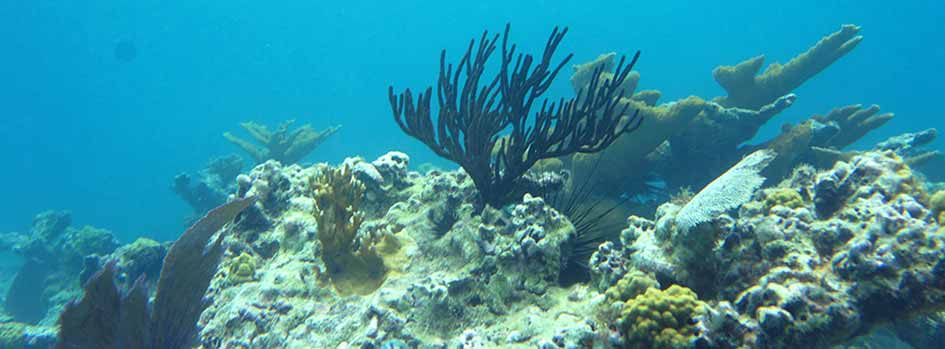
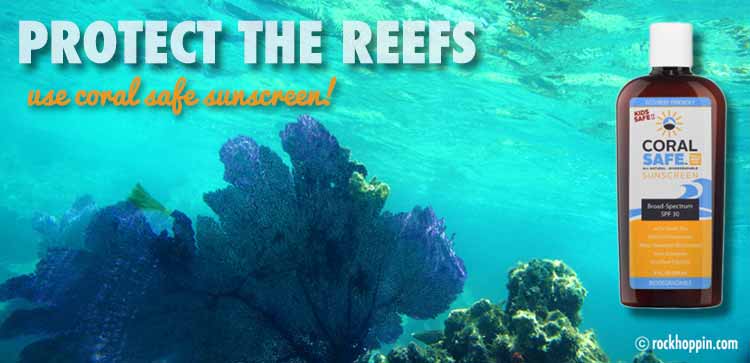
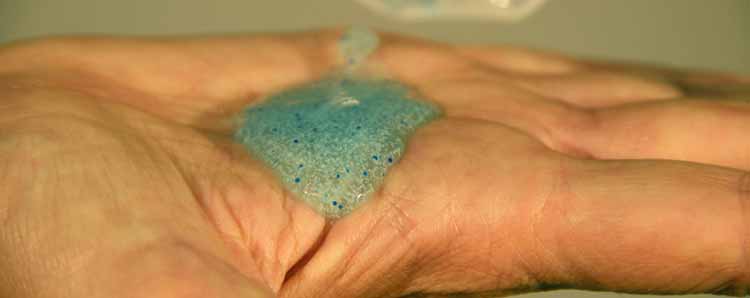
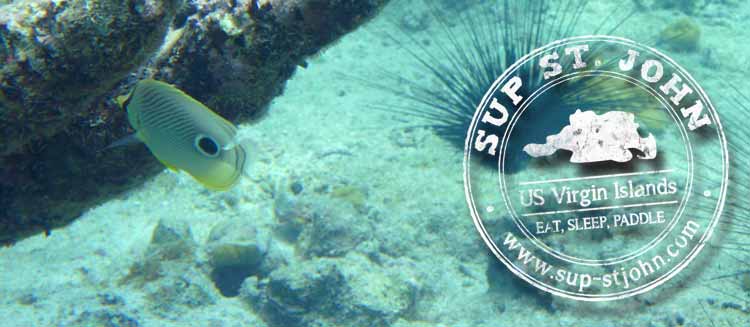
 Follow
Follow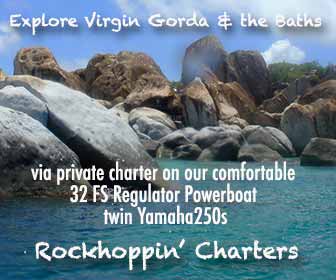


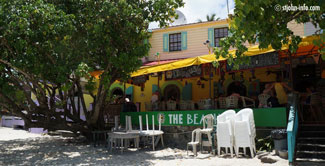
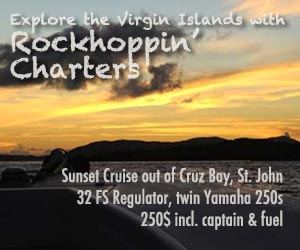
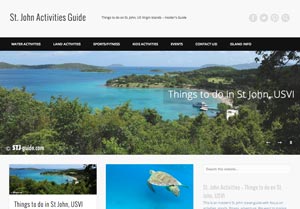
Leave a Reply